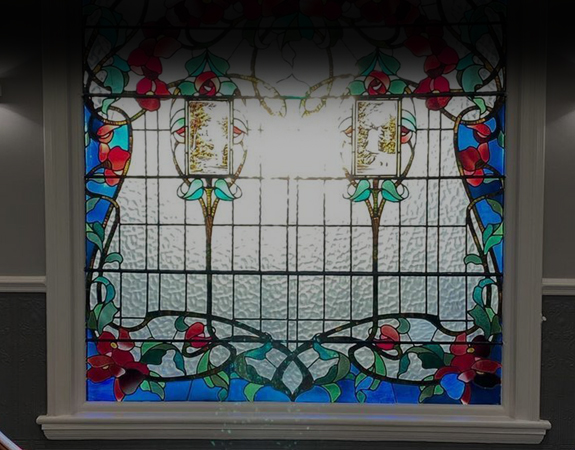Dealing with Chipped or Broken Teeth
If you chip or break a tooth then it is a good idea to make an appointment at cosmetic dentistry Leeds to see one of our dentists. The reason for this is that dealing with a chip or crack early on could help to save the tooth. When a tooth becomes chipped or fractured, the immediate concern is whether or not it has affected the pulp or the central part of the tooth. It’s quite possible for a fracture to expose the pulp area, and this may cause sensitivity, discomfort or even pain as it will expose the nerves in the pulp. The condition of the pulp, alongside the amount of remaining tooth structure will determine the best course of action.
Dealing with Minor Fractures
Minor fractures often involve the biting or incisal edges of the teeth and are usually relatively simple to repair. In this case the most straightforward course of action might be to bond the tooth with composite resin. It’ll help preserve the maximum amount of remaining tooth structure while adding strength to the tooth. You’ll find dentist Leeds are concerned about preserving as much of the healthy tooth structure as possible.
Dealing with Serious Fractures
Serious fractures can often be caused by trauma, and treatment in this case is highly dependent on whether or not the pulp area is salvageable. If there’s any sign of damage to the pulp, then Dr David Brown or another of our dentists may recommend root canal therapy to remove the damaged nerves. This area is then repaired with a root canal filling. Unfortunately serious to fractures can mean that much of the tooth structure is gone, and in this case the best way to restore the tooth to full function will be to place a crown.
Vertical Root Fractures
These are the most serious fractures to deal with, as often there’s no practical way of saving the tooth, and extraction may be the best option. Occasionally it may be worth trying root canal therapy, but there’s often no guarantee that this will work on a fractured tooth, and it may be better to spend the money on having it extracted and an implant placed.
Porcelain Crown Fractures
Porcelain crowns don’t last forever, and occasionally porcelain fused to metal crowns may fracture. One sign that this might’ve occurred is noticing a dark line appearing at the gum line. This may be due to gum recession, or it could be due to porcelain fracturing and crumbling away from the gum line. It may be possible to make some temporary repairs, but you’ll probably have to budget for a replacement crown. Depending on the location of the crown you may want to investigate the possibility of having a CEREC restoration, or of having the crown replaced with an all ceramic crown. These often have a base made from a material called zirconia which is incredibly hard and unlikely to crumble.
Getting Old Fillings Replaced Can Help Prevent Small Fractures
Sometimes tiny micro cracks can develop around the edges of old fillings, especially if you have older style fillings made out of amalgam. This is because amalgam has a tendency to expand and contract whenever it comes into contact with hot and cold foods, increasing the risk of small fractures. Leeds City Dentalcare can replace these older style fillings for you with more cosmetically pleasing alternatives such as composite resin fillings, CEREC inlays and onlays, or indirect porcelain fillings.




